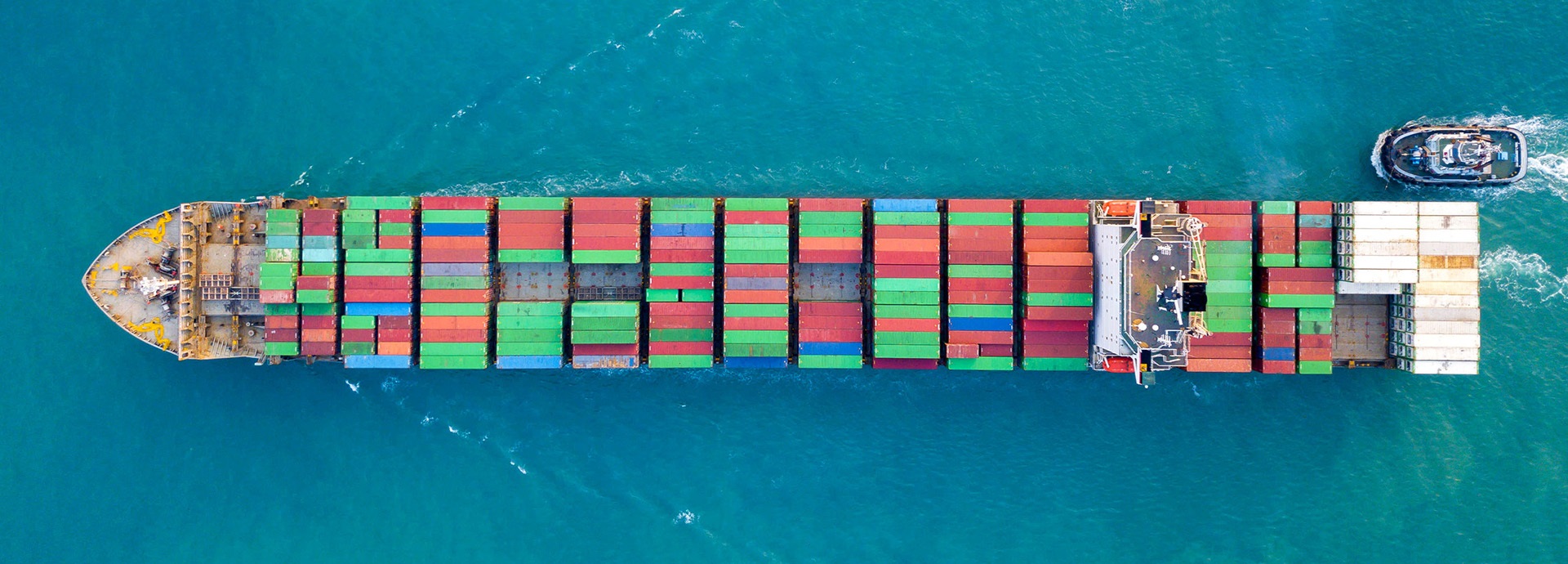

If you own or operate merchant vessels like bulkers, tankers or container ships, what can you do to prevent your valuable assets ending up in an early scrapyard grave? The key is to act now to make sure your ships remain compliant, competitive and profitable far into the future. What’s the secret to finding the best course of action and securing a profitable future for your ships – and your business?
With the IMO’s Carbon Intensity Indicator (CII) in force since the start of 2023, the future of thousands of merchant ships is hanging in the balance. Today, more than one third of bulkers, tankers and container ships don’t comply. Are your vessels part of this group? If they are and you don’t take action fast, you risk having to reduce sailing speeds to the point that they’re no longer competitive – and your vessels have to be replaced.
Your four top tips to help you decarbonise your merchant ships and secure a profitable future are:
- Learn about the solutions that are out there to help you comply
- Know where your ships stand today in terms of their CII rating
- Analyse the impact of different combinations of solutions on your CII score
- Decide on the best course of action based on the results of the analysis
Let’s look at each tip in a bit more detail.
Tip 1: Learn about the solutions that are out there to help you comply
Back in 2020 the IMO’s Fourth Greenhouse Gas Study had already identified 44 abatement technologies that can help your vessel to comply with CII requirements while allowing it to continue sailing at market speeds. Since then, more have certainly emerged, and they include:
- Low-carbon fuels
- Shaft generators
- Engine and propulsion system upgrades
- Battery-based hybrid systems
- Energy-saving technologies
As well as technical improvements, there are also operational pathways that can improve the efficiency of your ships, such as:
- Slow steaming
- Weather-optimised routing
- Timely maintenance and hull cleaning
Once you’re up to speed on what’s out there, the next step is to find out where your ships stand right now in terms of CII compliance. But how?
Tip 2: Know where your ships stand today in terms of their CII rating
If you want to see where you stand today, you’ll need to gather and analyse data from a wide variety of sources, including your vessels’ operational profiles, technical characteristics and fuel consumption reports. This is a time-consuming and complicated process that needs advanced tools and experts who know how to use them and how to interpret the results.
When you get this far, you’ll have a decent prediction about how the current CII performance of your vessel or fleet and how it will degrade over time. So, now you have an idea of the options available to you and where you are today, you need to find out what the potential impact of different technologies could be on your ships’ energy efficiency. This brings us to top tip number three.
Tip 3: Analyse the impact of different combinations of solutions on your CII score
It’s all very well knowing what solutions are out there, but only a digital model will reveal their potential impact on your ship’s CII rating. This kind of model can be used to simulate the effects of different technologies and combinations of technologies. Three examples of investments whose impact can be analysed with a digital model are:
- Adopting a battery-based hybrid system
- Converting to carbon-neutral fuels
- Retrofitting your vessel with energy-saving technologies
For a more complete list and some fuller examples, download the white paper: Discover the real CII status of your vessels – and how to improve it. The paper includes two case study examples based on modelling data from a Capesize bulker and a NeoPanamax container ship.

But determining the impact of different technologies is only half the battle.
Tip 4: Decide on the best course of action based on the results of the analysis
You might now know the potential impact of different technologies and combinations of technologies on your vessel’s CII rating. But what should you do with this knowledge? if you don’t know how to apply it you could be heading down the wrong pathway to compliance. Potentially, this could mean investing in solutions that don’t deliver the results that make most sense for your business. To see clearly which investments make most sense for your ships, you need actionable advice based on reliable data.
Only a reputable partner with the right tools and expertise at their disposal can provide this kind of advice. A partner like this will take the guesswork out of CII compliance.
Invest wisely and extend your vessel’s CII compliance by years
Investing wisely in operational and technical improvements can extend your vessel’s CII compliance by several years. This will boost your vessel’s utilisation and preserve market speeds – gaining you a competitive advantage and healthy return on your investment.
Want to discover the real CII status of your merchant vessels and how to improve it? This white paper will help you take the guesswork out of investing – helping you to stay compliant, competitive and ahead of the game.





